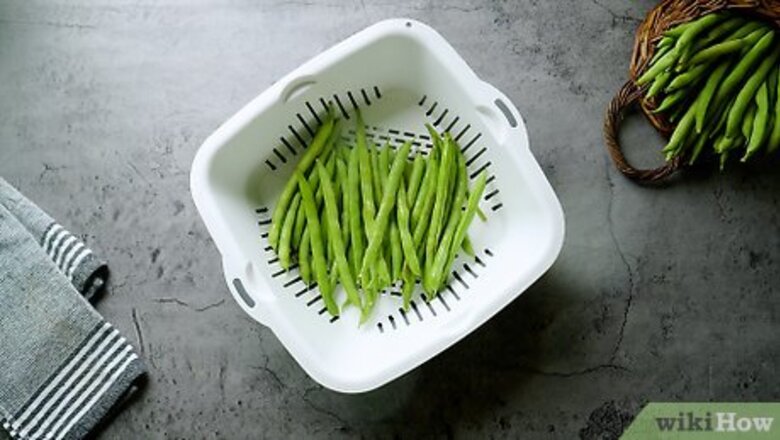
views
Rinsing Store-Bought Green Beans
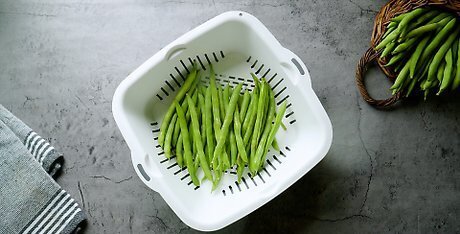
Place beans in a colander. For the best results, put the beans in a colander or wash basket. This will let you wash the beans under the sink while the water drains. If you do not have a colander, you can rinse the beans in a bowl, draining the water from the bowl after you wash them. You can also fill a clean sink with cool water and bathe the beans that way. If you have nothing else that will work, you can hold the beans in your hands as you wash them. Keep a tight grasp so that they do not fall.
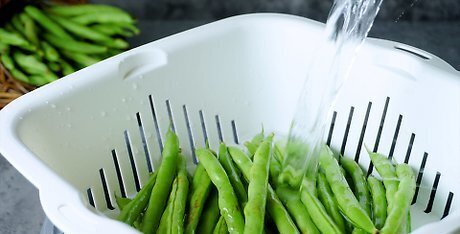
Run water over the beans. Turn on cold water from the tap. Set the green beans under the running water. If using a bowl or colander, move the beans around with your hands to make sure that they are evenly washed. As you run water over the beans, remove visible dirt with your fingers. The water you use to clean the beans should be water that is safe to drink. If it is not safe, use distilled or bottled water instead.
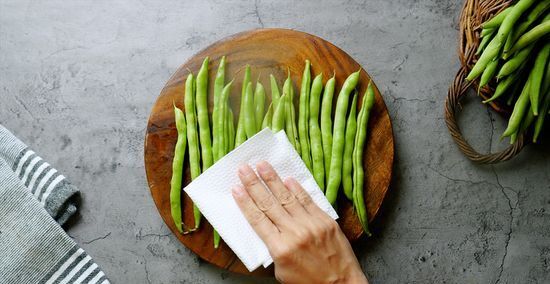
Pat dry. You can remove extra bacteria from the beans by drying them with a towel after washing. Use paper towels to gently pat the green beans dry. Once the beans have been washed and dried, you can trim and prepare them for cooking.
Soaking Green Beans from the Garden

Fill a bowl with cold water. If you are cleaning beans fresh from the garden, the best way to remove dirt is to soak the beans. Fill a bowl or basin with cold water. There should be enough to cover the beans.
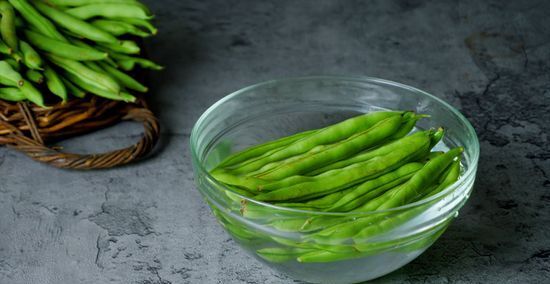
Rinse the beans. Place the beans in the bowl, and let them soak for one to two minutes. Use your fingers to rub away dirt. You can also move around the beans with your fingers. Before you drain them, let any dirt or soil settle to the bottom of the bowl.

Drain the water. After a minute or two of washing, pour the beans into a colander. The water will drain from the bottom. If you do not have a colander, fold some paper towels, and set the beans on top. They will drain into the towel. If you are not eating the beans right away, pat them dry with a paper towel. Make sure they are completely dry before storage, as damp vegetables may spoil faster in the fridge.
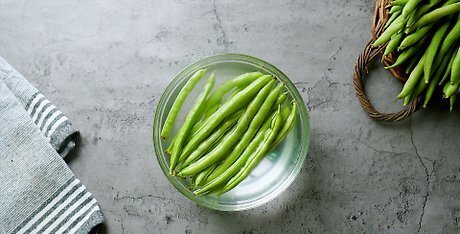
Repeat if necessary. There may still be dirt on your green beans. Fill the bowl with clean water, and rinse them again. Do this until all of the dirt has been removed from the beans.
Practicing Safe Hygiene
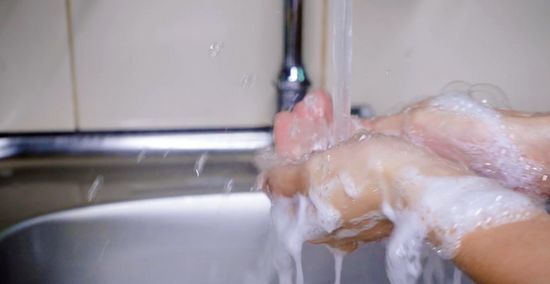
Wash your hands. Before cleaning the green beans, wash your hands with warm water and antibacterial soap for at least twenty seconds. This is especially important if you have been touching raw meat or eggs. Always wash your hands between handling meat and working with produce.
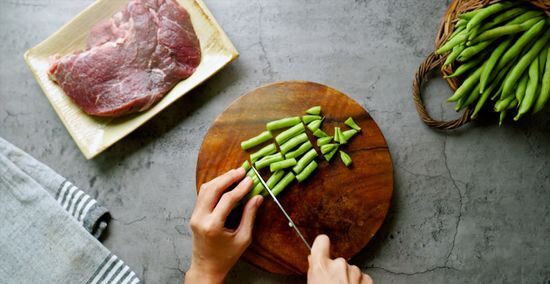
Cut the green beans separately from meats. If you are cutting the green beans with a knife, make sure that you are using a different cutting board than you are for raw meats. This will help prevent cross-contamination and food-borne illness caused by bacteria, such as E. Coli and Salmonella.
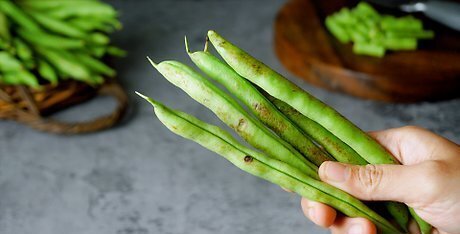
Throw away moldy beans. If you see mold on the green bean, toss the bean out, as well as any other beans that the mold might have spread to. Do not try cutting away the mold and eating the rest of the bean, as this might be risky with green beans.
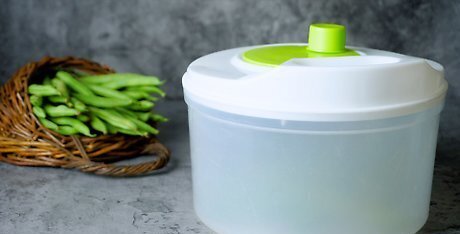
Avoid produce washes. Many commercial produce washes are unnecessary when washing green beans. They are not any more effective at cleaning green beans than water is.
















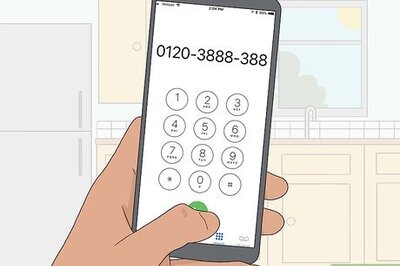

Comments
0 comment